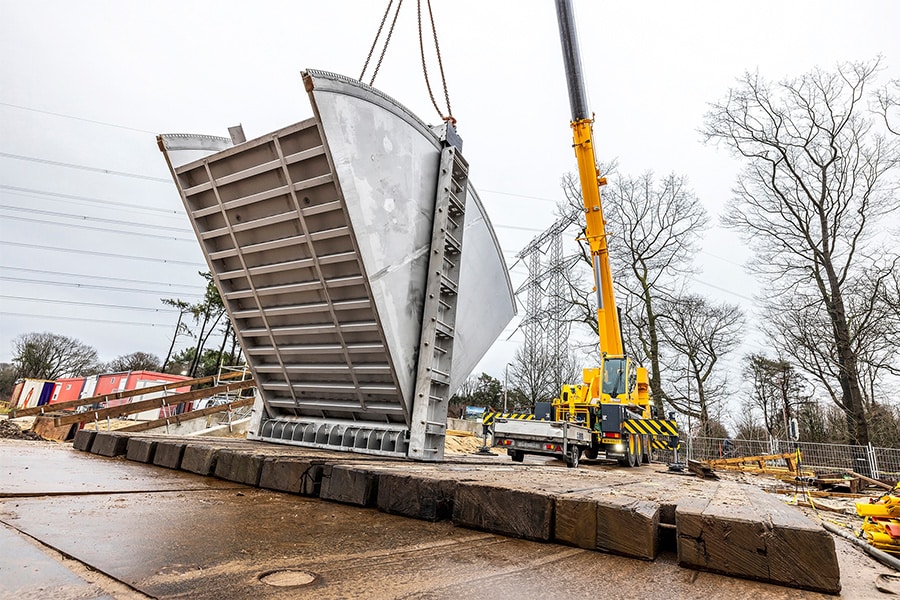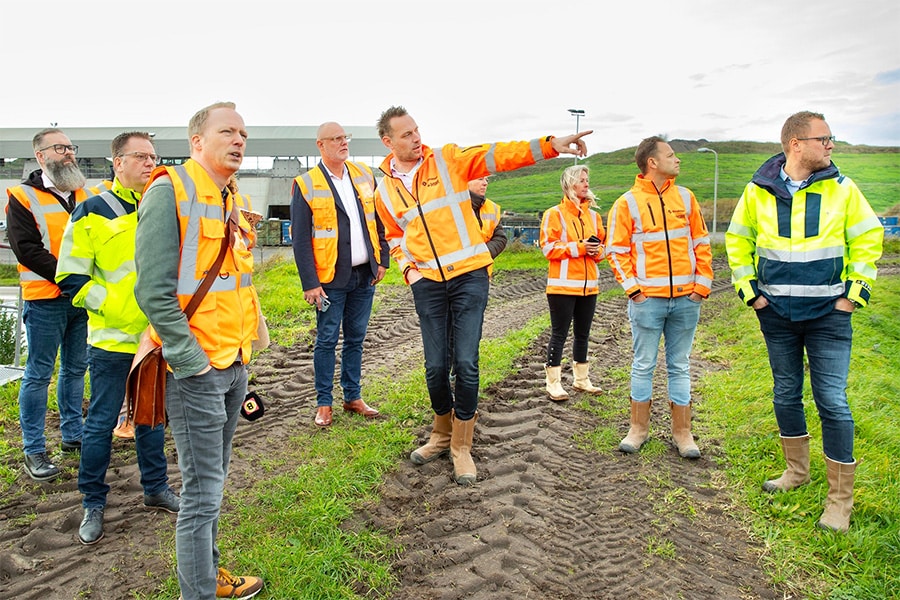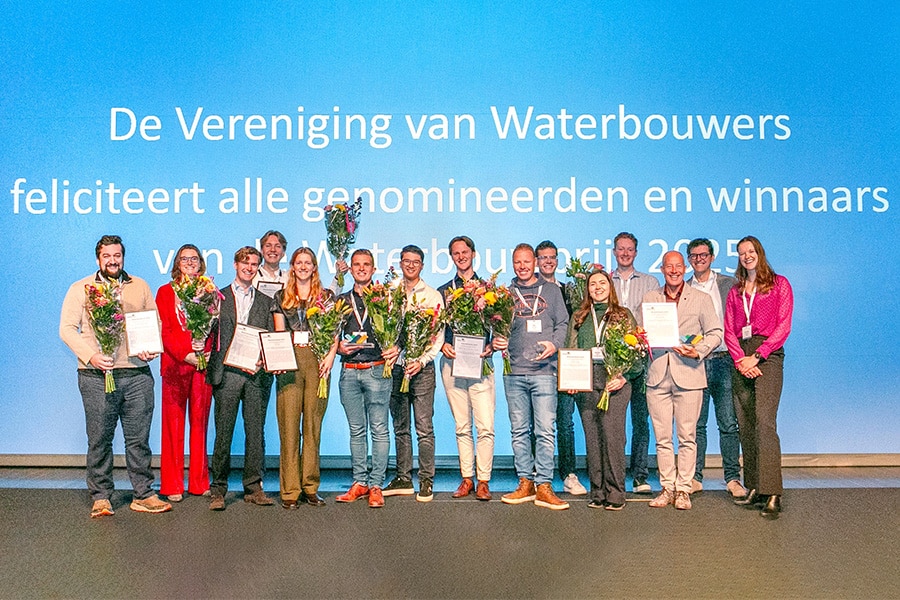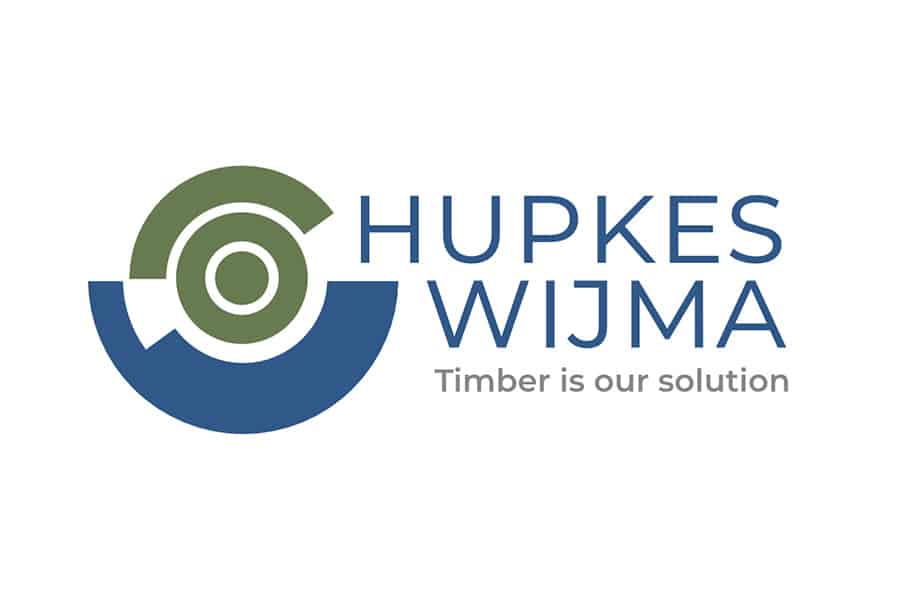
Strukton lays foundation for new high-voltage substation near Tilburg
To enable the construction of the new 380 kV high-voltage substation near Tilburg, the land had to be prepared for building and the existing water storage facility had to be relocated. Work that fell outside TenneT's scope and for which it called in Strukton Wegen & Beton. They literally laid an important foundation for TenneT. We spoke with project manager Sjaak Gerritsen of Strukton Wegen & Beton to get more insight into the challenges of their work.
Strukton's assignment was clear: prepare the site of the new high-voltage substation for construction. This included excavating and processing some 185,000 m3 of soil and delivering some 100,000 m3 of sand. Apart from the large quantity, this in itself is not very unusual. However, the nature of the soil required the necessary care in practice. It involved contaminated soil from the old textile industry. Sjaak: "We want to work in a circular way as much as possible. So the soil that is released is processed again on the building site itself. This must be done carefully and safely. Our construction partner Gubbels is doing this specialist work in this project. We also always work with an environmental consultant from the Antea Group consultancy when excavating. We "unpacked" the contaminated soil, so to speak, by excavating the top layer of the old dike and opening the liner. That soil was kept separate from other soil and elsewhere on the project we constructed a new dike where the old soil was incorporated back into the foil."

Moving water storage
Strukton's work goes beyond earth moving. Part of the new high-voltage substation will be at the current location of the water storage facility. Strukton is therefore partially relocating this repository for treated water to both sides of the N261, including in the old Noorderbos flow fields. "For this we are working with construction partner Gubbels," says Sjaak. "They are good at soil remediation and large earthmoving projects. Our expertise is in the field of engineering and that we are well able to bring a complex and multidisciplinary project like this to a successful conclusion." Moving the water storage facility is comprehensive. For example, Strukton has modified watercourses, three new weirs are being constructed and two old culverts are being modified as well as new culverts installed. "From the water storage, the treated water flows into the existing watercourses (ditches and rivers) on the east side. We also moved the existing dikes around the water storage facility. Our work on preparing the site where the high-voltage substation itself will be located has been completed. For the remaining part of the site, including the water storage, we will continue to work in the coming months."
Mast Foundations
Strukton is also building and reinforcing the mast foundations for the high-voltage pylons. These new mast foundations are needed to feed some of the existing lines into the new station. The reinforcements prepare the existing pylons for the new situation. "In this work, safety plays a major role. Besides supplying the necessary concrete work, the design is also part of our work. For this we have deployed experts within Strukton for the design component," Sjaak explains.
From incubators to vulnerable cables
While the work itself requires care and expertise, the vulnerable flora and fauna on and around the site add to this, according to Sjaak. "Our work last year started exactly during the breeding season. We definitely had to take that into account so as not to disturb any breeding sites. We only start, after an ecologist clears the area for work." Other aspects the people from Strukton Roads & Concrete had to take into account in their work included the existing wind turbines in the area. These must remain accessible at all times. There are also the necessary cables and pipes in the ground, something that was closely monitored during groundwork.
Extension of express bike path
After the completion of the site preparation and the relocation of the water storage facility, the focus will still be on the extension of the express bicycle path. Sjaak: "Because this part will only be completed at a later stage, we have arranged for a temporary diversion of the cycle path. Because this is an express bike path, it is of such good quality that it is safe for cyclists and they are as little inconvenienced as possible by the work."
Common interest
What makes the project special is the close cooperation between Strukton and TenneT, as well as other parties involved such as Antea Group and Croonwolter&dros-Mobilis, Sjaak emphasizes. "The project is not only technically challenging, but also complex because of the various interests and requirements. It must be completed within a certain time frame, taking into account the relationship with the environment and the community. It is not just a matter of completing tasks, but rather of solving challenges together and thinking proactively to come up with the best solutions."
Heeft u vragen over dit artikel, project of product?
Neem dan rechtstreeks contact op met Strukton Civil.
 Contact opnemen
Contact opnemen




